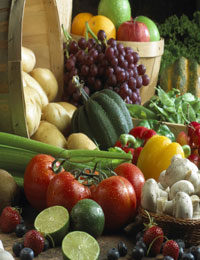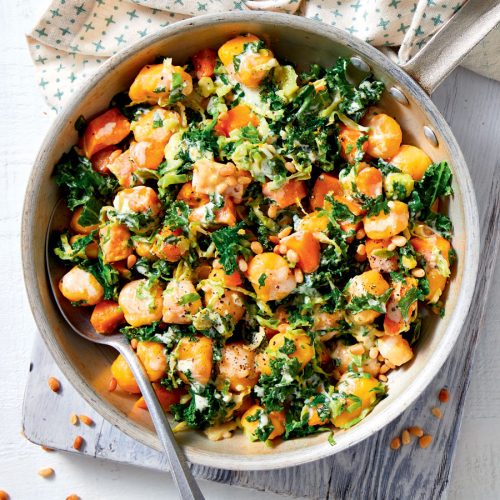
How’s your bowel today? It’s not something most of us like to talk about; not the sort of thing you chat with friends over a coffee about.
But bowel issues are common for many of us at one time or another. Bloating, in particular, is a very common symptom, especially for women. A recent survey from cereal-maker Kellogg’s found that more than half of Kiwi women suffer bloating problems due to digestive discomfort multiple times a month. They also found nearly 80 per cent of New Zealand women have experienced constipation. The most common symptoms these women experience are wind, bloating and abdominal pain.
There is a range of reasons why we might feel bloated. Sometimes it can just be that we’ve eaten too much – it’s not abnormal to have a bigger belly at the end of the day compared to the start; just think of the food that’s gone in there. And if we eat to the point of feeling uncomfortably full, it’s no surprise we might experience some bloating.
Sometimes we may feel bloated due to an issue with what we’re eating – bloating can be a symptom of food intolerances, IBS or coeliac disease. If that’s the case, changes in the diet can help, and elimination of some food may be necessary to ease symptoms. But we shouldn’t jump to that conclusion straight away, before addressing a far more likely and less drastic possibility.
The Kellogg’s survey found that most women (80 per cent) said they did not confidently know what to do to eliminate their symptoms. Some tried changing their diets; some tried drinking more water; some tried reducing the amount of bread they eat; and just over a third tried eating less gluten and wheat foods. Surprisingly few – about a third – tried eating more fibre-rich foods. Yet this is probably the first thing we should try. A very common reason for feeling bloated is constipation; and a common reason for constipation is lack of fibre.
We need about 25g fibre for women and 30g for men each day – that’s considered an ‘adequate’ intake. But to prevent chronic disease, more is recommended: 28g a day for women and 38g a day for men. Unfortunately when it comes to what we’re actually getting, most of us fall far short of that. The median fibre intake for men is around 22g a day, and for women it’s 18g.
If we don’t have enough fibre, things can get sluggish with our digestion. Increasing our fibre intake – along with getting lots of fluid – keeps things moving through our systems and prevents constipation and the resulting feeling of bloat.
Boosting the fibre in our diets is not difficult if we keep an eye on getting a wide range of plant-based foods. Whole grains like oats are fibre superstars; so are legumes like lentils and chickpeas. The fibre in nuts is just one great reason to eat them regularly. And of course there’s lots of fibre in colourful fruits and vegetables. Getting a range of different types of fibre is important – so eating a wide range of foods containing fibre is a great idea.
And look for the ‘high fibre’ icon on recipes in Healthy Food Guide magazine and on this website. All these recipes have 6 grams of fibre or more, so they’ll give you a real fibre boost.
www.healthyfood.com










